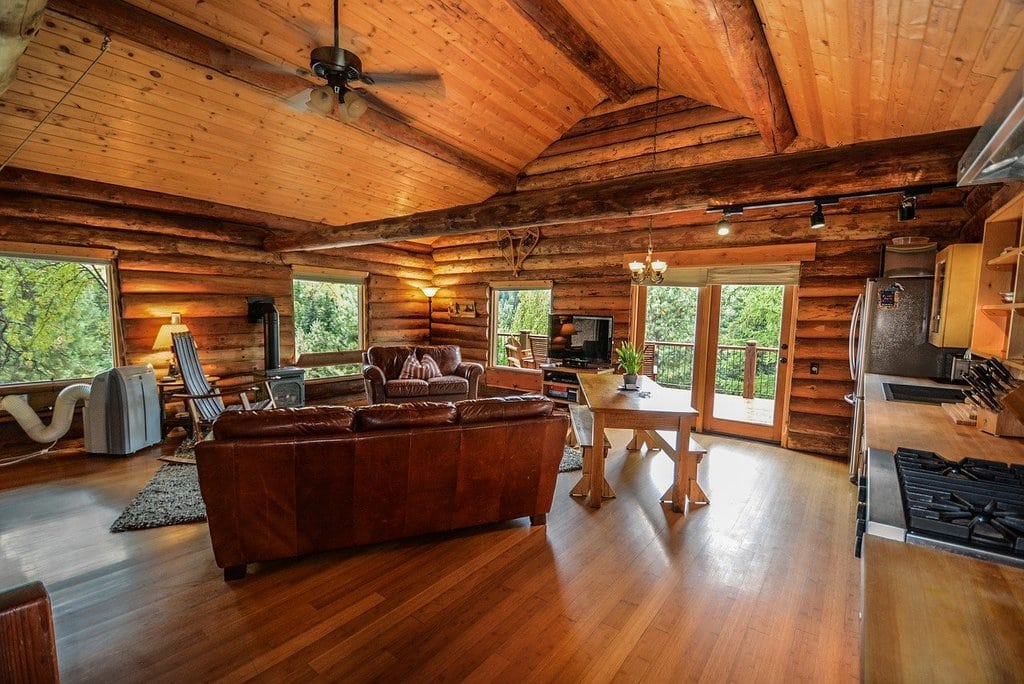The ways in which cultural backgrounds influence home design are manifold and deep-seated. Different regions and societies have developed unique approaches to interior and architectural design based on historical, environmental, and social factors. These influences manifest in the choice of materials, spatial layouts, and even decorative details, offering a rich palette from which modern designers can draw inspiration.
The Impact of Culture on Architectural and Interior Design
Each culture brings its own set of values, traditions, and history to the table, which in turn colors the design of homes. In Scandinavia, for example, the concept of ‘hygge’—a Danish and Norwegian word for a mood of coziness and comfortable conviviality—greatly influences interior design, promoting simplicity, minimalism, and functionality. This contrasts starkly with Middle Eastern homes, where opulence, vibrant colors, and intricate patterns dominate the spaces, reflecting a different set of cultural priorities.
Historical Influences in Modern Designs
In many parts of the world, historical influences persist in modern designs. In Mediterranean countries, elements like tiled floors, stucco walls, and exposed beams are reminiscent of the Roman and Moorish impacts on local architecture. These features are not only aesthetically pleasing but also functional; they keep homes cool during the hot summer months. Similarly, in Japan, the traditional concept of ‘Ma’—referring to spatial awareness and interval—can be seen in the minimalist yet highly functional layout of contemporary Japanese homes.

Design Elements and Cultural Significance
Design elements are often loaded with cultural significance, which can be seen in the materials, colors, and furniture styles preferred in different regions. For instance, the use of wood in East Asian homes is not just practical but also carries connotations of nature and tranquility, which are highly valued in these cultures.
- Bamboo is frequently used in Chinese interiors, symbolizing strength and grace.
- In Indian homes, vibrant colors and elaborate patterns reflect the local art and festivities.
- Moroccan design features intricate tile work and detailed plasterwork, emphasizing craftsmanship and beauty.
These elements are carefully chosen to reflect cultural identities and histories, making each home unique to its cultural setting.
Adapting Traditional Designs for Modern Living
While traditional designs offer a glimpse into a culture’s past, many contemporary designers face the challenge of adapting these elements for modern living. This involves balancing aesthetic qualities with modern needs like technology integration and energy efficiency. For instance, traditional Korean Hanok homes, known for their heating system ‘ondol’, have been updated in modern constructions to improve sustainability and functionality without sacrificing traditional appeal.
Global Influences and Hybrid Styles
As the world becomes more interconnected, cross-cultural influences become increasingly evident in home designs. This fusion of styles leads to innovative and eclectic spaces that blend the best of multiple cultures.
For example, a homeowner might combine the minimalistic beauty of Scandinavian design with the warm, earthy tones typical of African interiors. This blend not only creates a visually appealing space but also a culturally inclusive environment. Designers often emphasize this mixing of elements as a reflection of personal history and identity.
Creating Spaces that Reflect Personal and Cultural Identities
Designing a home is deeply personal and often reflects the owner’s cultural background and personal tastes. The choice of colors, textures, and furnishings tells a story of the individuals’ heritage and their experiences. This personalization makes each space unique and meaningful.
When creating or redesigning a space, acknowledging and incorporating cultural influences can deeply enhance the sense of belonging and comfort. These culturally inspired designs not only pay homage to heritage but also embrace the global mosaic of styles and traditions, allowing individuals to reflect their multifaceted identities through their living spaces.
Final Thoughts on Culture in Home Design
The exploration of cultural influences in home design reveals a vast and varied landscape of styles and traditions. From the historical to the modern, the functional to the symbolic, these elements play a pivotal role in shaping our living environments. Understanding and integrating these influences allow for richer, more diverse, and personally significant spaces. As global cultures continue to intermingle, the future of home design looks both exciting and infinitely diverse, promising new possibilities for creative expression and cultural reflection in our homes.
